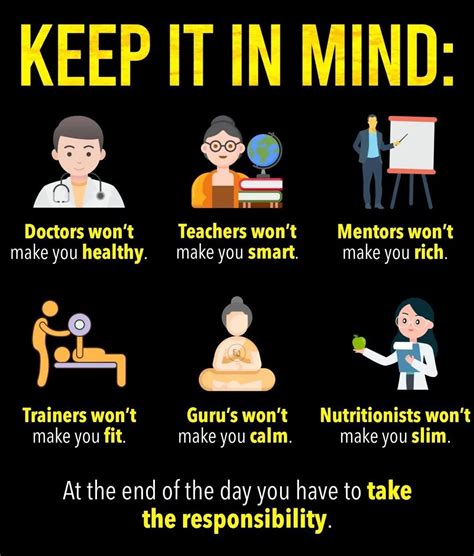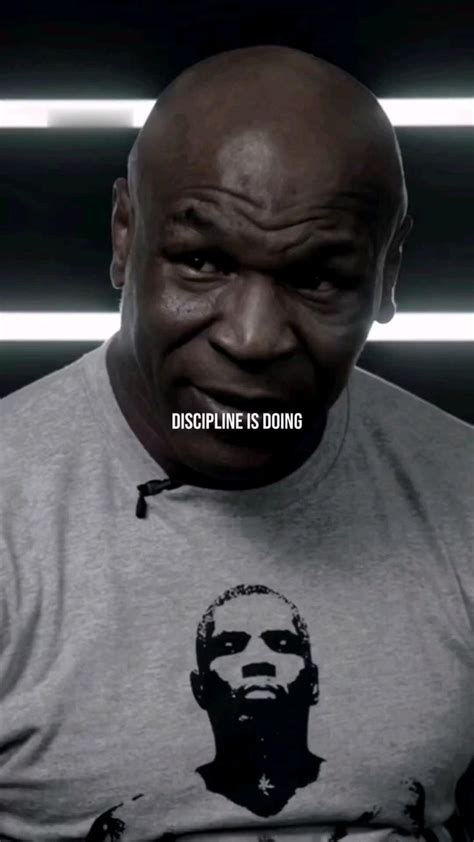When faced with daunting challenges where the specter of failure is not just a possibility but a significant threat, human beings instinctively tap into deeply ingrained mental frameworks. For men, a particular core mental model often comes to the forefront, shaping their approach, actions, and reactions. This model is characterized by a potent blend of stoicism, proactive problem-solving, and a relentless drive towards demonstrating competence and control.
The “Solution-Focused Mastery” Model
At its heart, this pervasive mental model can be described as “Solution-Focused Mastery.” It is an orientation where the primary focus is not on the potential for failure itself, but on the identification and execution of actionable solutions. The challenge, no matter how formidable, is reframed as a problem to be solved, an obstacle to be overcome, or a system to be optimized. Underpinning this is a profound drive to demonstrate proficiency, capability, and ultimately, a mastery over the situation. Failure is often viewed not as an end, but as a temporary setback that requires further analysis, adjustment, and renewed effort – a problem that hasn’t *yet* been solved.

Roots of the Model: Evolution, Culture, and Identity
The prevalence of this model can be traced to a complex interplay of evolutionary predispositions, societal expectations, and personal identity formation. Historically, men have often been tasked with roles demanding direct confrontation of physical dangers, resource acquisition, and the protection of communities. These roles inherently required a ‘doer’ mentality, where inaction or prolonged rumination could have dire consequences. Culturally, many societies reinforce the image of men as ‘providers,’ ‘protectors,’ and ‘fixers,’ subtly imbuing them with the responsibility to resolve issues, whether mechanical, financial, or interpersonal. For many men, their sense of self-worth and identity becomes deeply intertwined with their perceived competence and ability to handle adversity, fostering a strong aversion to appearing helpless or incapable.

Action Over Apprehension: Manifestations and Mechanisms
This mental model manifests in various ways. When faced with a challenging project at work, a man might immediately dive into research, planning, and execution, often suppressing self-doubt or anxiety in favor of actionable steps. In personal crises, there’s often a strong ‘fix-it’ impulse, an immediate drive to analyze the situation, identify root causes, and implement practical solutions, sometimes even when emotional processing might be more immediately beneficial. This drive for action helps men to feel a sense of control, turning potential helplessness into empowerment through agency. The discomfort of uncertainty or the pain of potential failure is often channeled into productive energy aimed at eliminating those very possibilities.

The Double-Edged Sword: Strengths and Blind Spots
The Solution-Focused Mastery model offers significant strengths: it fosters remarkable persistence, innovation, courage, and a powerful ability to lead through adversity. Men operating under this model can be incredibly resilient, often finding creative ways to overcome seemingly insurmountable obstacles. However, it also comes with notable blind spots. The intense focus on solutions can lead to emotional suppression, a reluctance to seek help (as it might be perceived as an admission of failure or incompetence), and a tendency to internalize stress. It can also create a barrier in relationships if partners or loved ones are seeking emotional support rather than a purely logical ‘fix.’ The constant pressure to ‘master’ every situation can lead to burnout and isolation if not balanced with self-compassion and an acceptance of vulnerability.

Evolving the Model: Towards Balanced Resilience
While the Solution-Focused Mastery model has served men well across history and continues to be a powerful asset, contemporary challenges increasingly demand a more nuanced approach. Integrating this model with emotional intelligence, the capacity for vulnerability, and a willingness to seek and accept collaborative support can lead to even greater and more sustainable success. True strength often lies not just in one’s ability to fix problems independently, but also in the wisdom to know when to connect, adapt, and allow for less direct paths to resolution. Evolving this core mental model means recognizing its utility while also embracing a broader spectrum of human responses to adversity.

In conclusion, the Solution-Focused Mastery mental model remains a potent and frequently employed framework for men navigating challenges laden with the possibility of failure. It drives action, fosters resilience, and pushes boundaries. Understanding this model, with both its profound strengths and inherent limitations, is crucial not only for men themselves but also for those who interact with them, paving the way for more effective strategies in overcoming obstacles and fostering holistic well-being.




